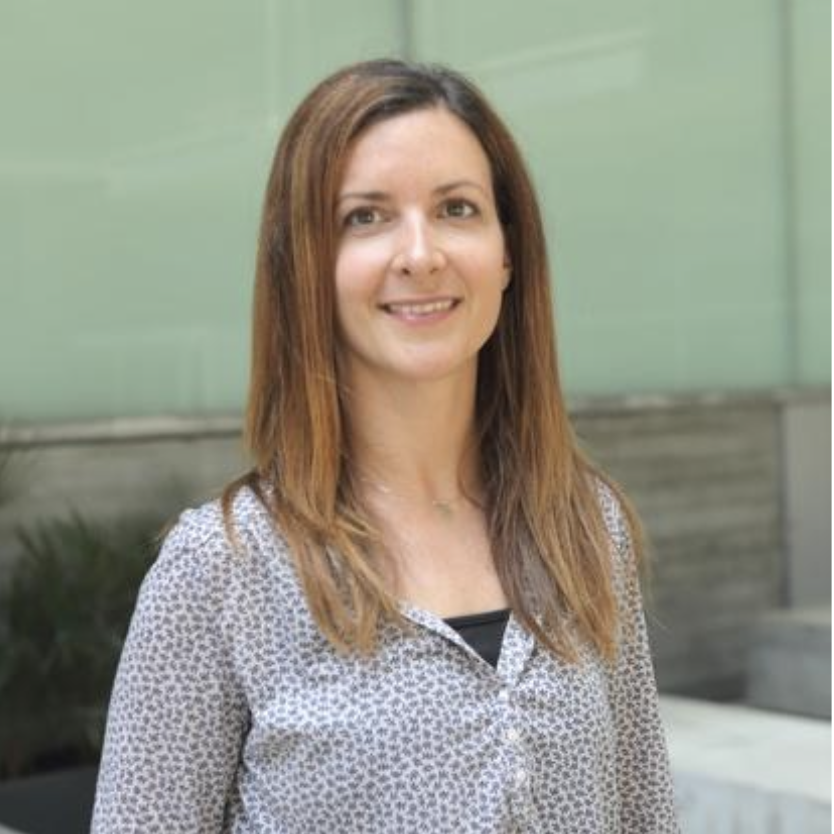People
See all
Verena Ruprecht
Coordinator
Cell and Developmental Biology Centre for Genomic Regulation (CRG)
About Verena
Verena Ruprecht received her PhD in Biophysics from the Johannes Kepler University in 2010 for her work on developing single-molecule super-resolution imaging tools in the lab of Gerhard Schütz. Following a research visit in Didier Marguet’s lab at the Centre d’Immunologie de Marseille-Luminy (CIML) in France, she moved to the Institute of Science and Technology (IST) in Austria for a postdoc, working jointly with Carl-Philipp Heisenberg and Michael Sixt. There, she discovered a unique amoeboid cell migration mode in early zebrafish embryos, termed stable-bleb migration. Verena started her independent laboratory at the Centre for Genomic Regulation (CRG) in Barcelona, Spain, in September 2016. Her group combines genetic and biophysical methods with multi-scale imaging and mathematical modelling to study cellular dynamics in embryo development. In 2020, Verena was selected as an EMBO Young Investigator and in the same year awarded an HFSP Young Investigator Grant for a collaborative project to study the biophysics of zebrafish fertilization.
Research
Our lab studies the cellular dynamics in embryo development – how cells move, control their shape and dynamically interact – to identify fundamental mechanism of multicellular self-organization and robust tissue development in the presence of noise and errors.
When an egg is fertilised, cells rapidly divide and dynamically organize to shape the embryo and build functional tissues. The actin cytoskeleton is the major structural scaffold and force-generating unit that enables cells to change their shape, move within tissues and mechanically interact with each other. We are interested in the molecular and biophysical mechanisms that control cell shape, migration and multicellular organization in the early embryo. We further study how the tissue microenvironment and stress conditions regulate morphodynamic migration plasticity and dynamic cell functions such as phagocytic activity. With our work we aim to address how developmental robustness and innate immune responses are established in the early embryo and how adaptive cell behaviours impact on disease processes such as cancer cell metastasis.
Our research follows an interdisciplinary approach combining genetic and biophysical methods with multi-scale imaging and mathematical modelling. We use zebrafish embryos as a main model system for in vivo studies, which offer optical transparency and easy accessibility to genetic and biophysical manipulation. We further design biomimetic 3D ex-vivo culture assays to reconstitute physiological single cell dynamics and multicellular organization patterns via bottom-up principles.
The ultimate goal of our lab is to develop a mechanistic understanding of single and collective cell dynamics in early embryogenesis and to study their role in tissue stress adaptability and metastatic cell invasion.